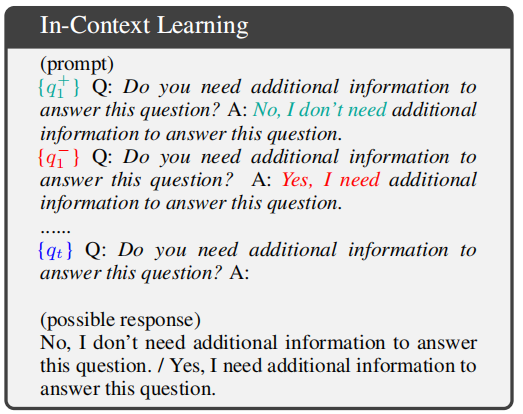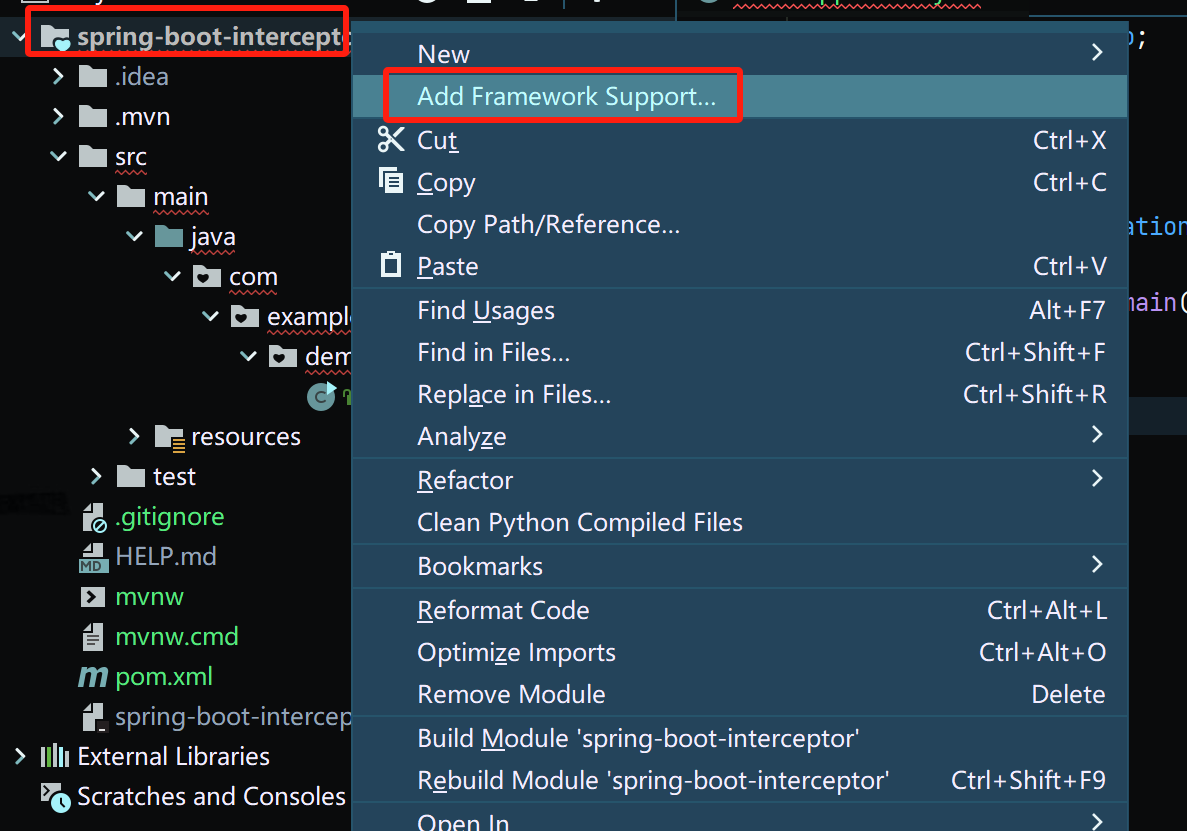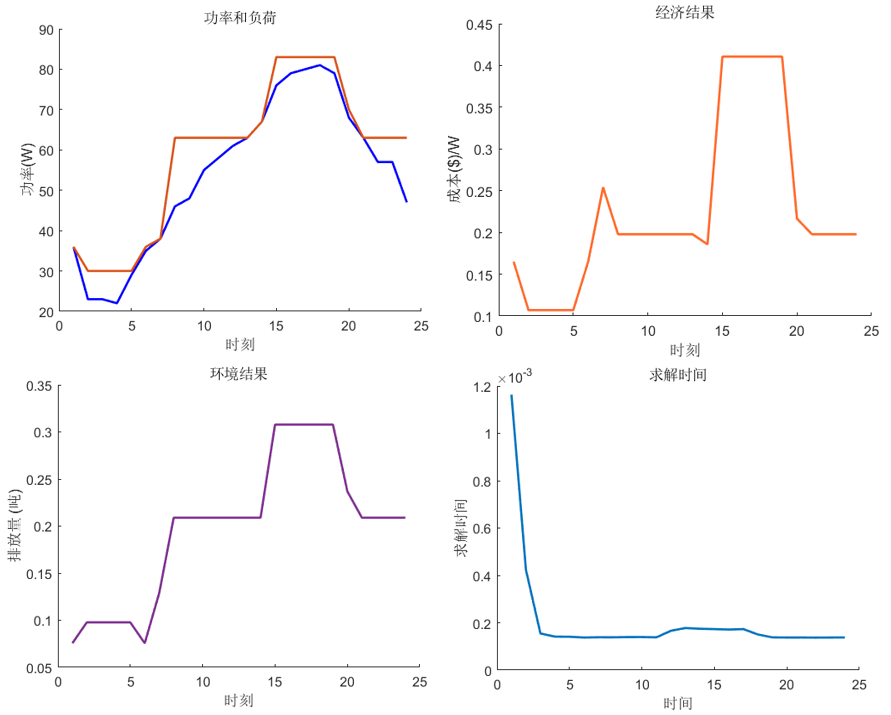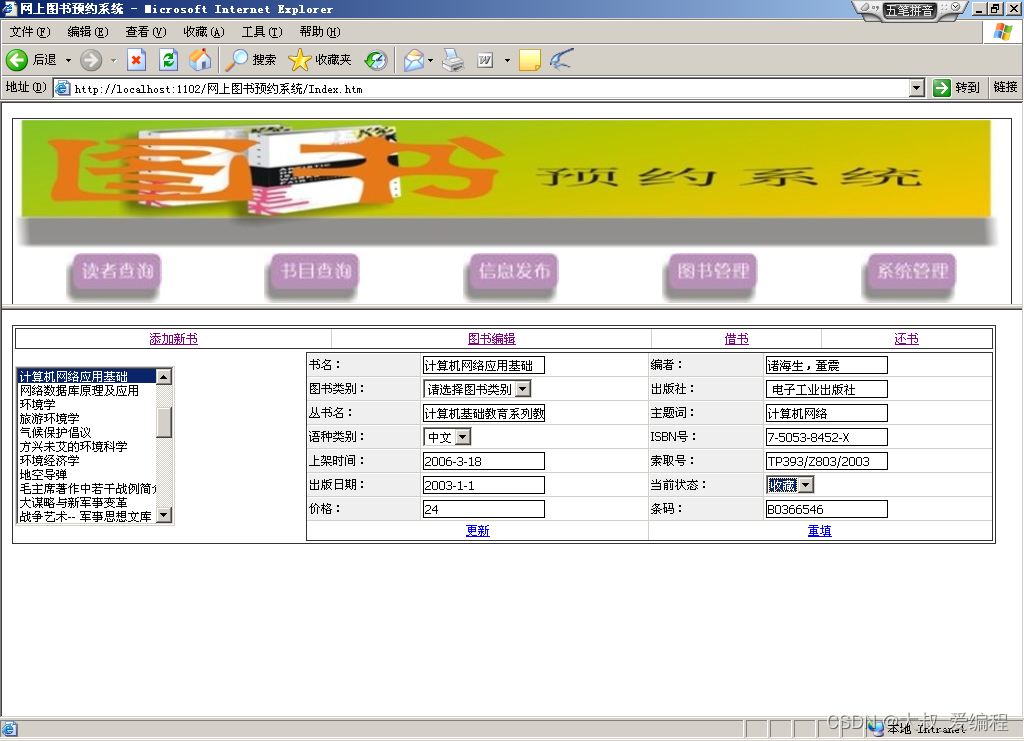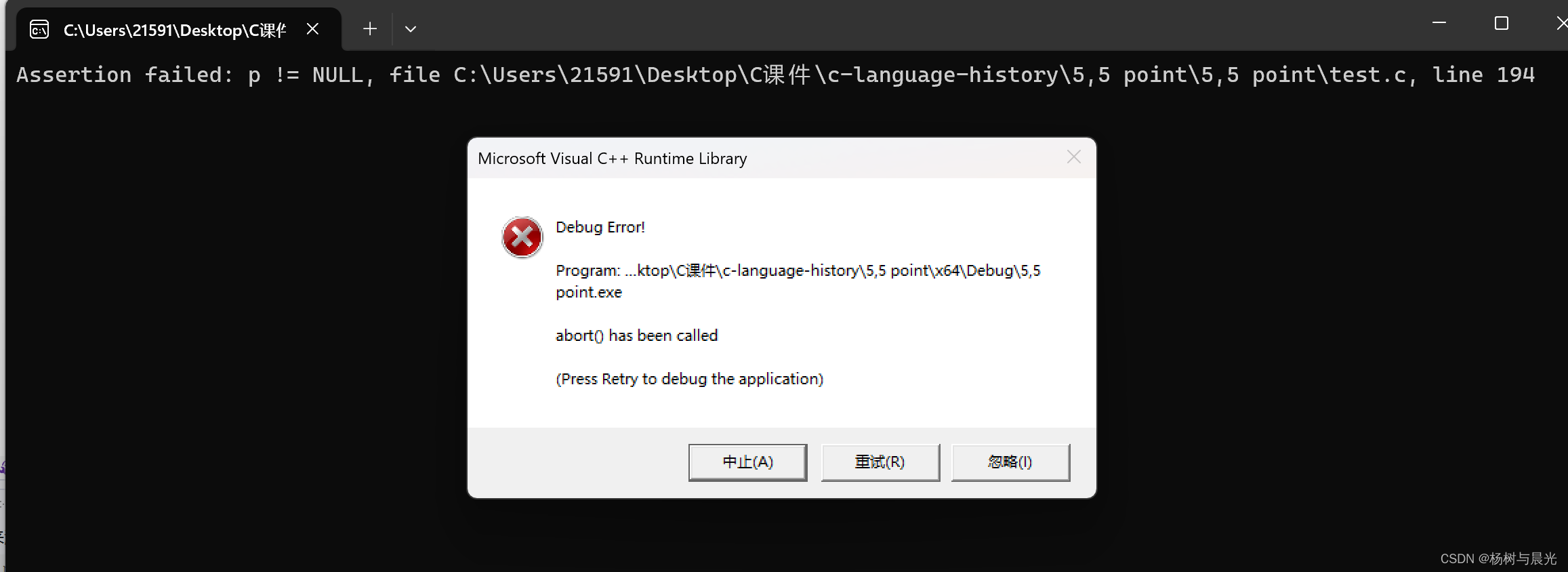一、享元模式
概述
享元模式(Flyweight Pattern)主要用于减少创建对象的数量,以减少内存占用和提高性能。这种类型的设计模式属于结构型模式,它提供了减少对象数量从而改善应用所需的对象结构的方式
享元模式尝试重用现有的同类对象,如果未找到匹配的对象,则创建新对象
主要解决:
在有大量对象时,有可能会造成内存溢出,我们把其中共同的部分抽象出来,如果有相同的业务请求,直接返回在内存中已有的对象,避免重新创建
何时使用:
1、系统中有大量对象
2、这些对象消耗大量内存
3、这些对象的状态大部分可以外部化
4、这些对象可以按照内蕴状态分为很多组,当把外蕴对象从对象中剔除出来时,每一组对象都可以用一个对象来代替
5、系统不依赖于这些对象身份,这些对象是不可分辨的
优缺点
优点:
- 大大减少对象的创建,降低系统的内存,使效率提高
缺点:
- 提高了系统的复杂度,需要分离出外部状态和内部状态,而且外部状态具有固有化的性质,不应该随着内部状态的变化而变化,否则会造成系统的混乱
1. 各个角色介绍
1.1 享元工厂(Flyweight Factory)
- 负责创建和管理享元对象,通常包含一个池(缓存)用于存储和复用已经创建的享元对象
1.2 具体享元(Concrete Flyweight)
- 实现了抽象享元接口,包含了内部状态和外部状态。内部状态是可以被共享的,而外部状态则由客户端传递
1.3 抽象享元(Flyweight)
- 定义了具体享元和非共享享元的接口,通常包含了设置外部状态的方法
2. UML图
我们将创建一个 Shape 接口和实现了 Shape 接口的实体类 Circle。下一步是定义工厂类 ShapeFactory。
ShapeFactory 有一个 Circle 的 HashMap,其中键名为 Circle 对象的颜色。无论何时接收到请求,都会创建一个特定颜色的圆。ShapeFactory 检查它的 HashMap 中的 Circle 对象,如果找到 Circle 对象,则返回该对象,否则将创建一个存储在 HashMap 中以备后续使用的新对象,并把该对象返回到客户端
Main 类使用 ShapeFactory 来获取 Shape 对象。它将向 ShapeFactory 传递信息(red / green / blue/ black / white),以便获取它所需对象的颜色

3. 具体例子和代码
角色分配
- Shape:形状接口
- Circle:实现形状接口的圆形类
- ShapeFactory:形状工厂
3.1 抽象形状及其实现类
- Shape
package com.vinjcent.prototype.decorator;
/**
* @author vinjcent
* @description 形状接口
* @since 2024/3/15 16:23
*/
public interface Shape {
/**
* 形状绘制动作
*/
void draw();
}
- Circle
package com.vinjcent.prototype.flyweight;
import io.swagger.annotations.ApiModelProperty;
/**
* @author vinjcent
* @description 圆形
* @since 2024/3/20 20:31
*/
public class Circle implements Shape {
@ApiModelProperty("颜色")
private String color;
@ApiModelProperty("x轴")
private int x;
@ApiModelProperty("y轴")
private int y;
@ApiModelProperty("半径")
private int radius;
public Circle(String color) {
this.color = color;
}
public void setX(int x) {
this.x = x;
}
public void setY(int y) {
this.y = y;
}
public void setRadius(int radius) {
this.radius = radius;
}
@Override
public void draw() {
System.out.println("Circle: Draw() [Color : " + color
+ ", x : " + x + ", y :" + y + ", radius :" + radius);
}
}
3.2 形状工厂
- ShapeFactory
package com.vinjcent.prototype.flyweight;
import java.util.HashMap;
import java.util.Map;
/**
* @author vinjcent
* @description 形状工厂
* @since 2024/3/22 17:33
*/
public class ShapeFactory {
private static final Map<String, Shape> CIRCLE_MAP = new HashMap<>();
public static Shape getCircle(String color) {
// 根据color获取内存Map中的Shape对象
Circle circle = (Circle) CIRCLE_MAP.get(color);
// 如果不存在则创建一个Shape,并将该Shape存入缓存中
if (circle == null) {
circle = new Circle(color);
CIRCLE_MAP.put(color, circle);
System.out.println("The color of circle doesn't exist, Creating circle : " + color);
}
return circle;
}
}
3.3 测试主函数
package com.vinjcent.prototype.flyweight;
/**
* @author vinjcent
* @description 享元模式
* @since 2024/3/22 17:39
*/
public class Main {
private static final String[] COLORS =
{"Red", "Green", "Blue", "White", "Black"};
public static void main(String[] args) {
for (int i = 0; i < 20; ++i) {
Circle circle = (Circle) ShapeFactory.getCircle(getRandomColor());
circle.setX(getRandomX());
circle.setY(getRandomY());
circle.setRadius(100);
circle.draw();
}
}
private static String getRandomColor() {
// 生成一个[0, 5)区间的数
return COLORS[(int) (Math.random() * COLORS.length)];
}
private static int getRandomX() {
return (int) (Math.random() * 100);
}
private static int getRandomY() {
return (int) (Math.random() * 100);
}
}
- 测试结果

4. 使用场景
- 系统有大量相似对象
- 需要缓冲池的场景




![[Unity常见小问题]打包ios后无法修改模型透明度](https://img-blog.csdnimg.cn/direct/99a63fd3c84040c5ba841a02c2714f30.png)

